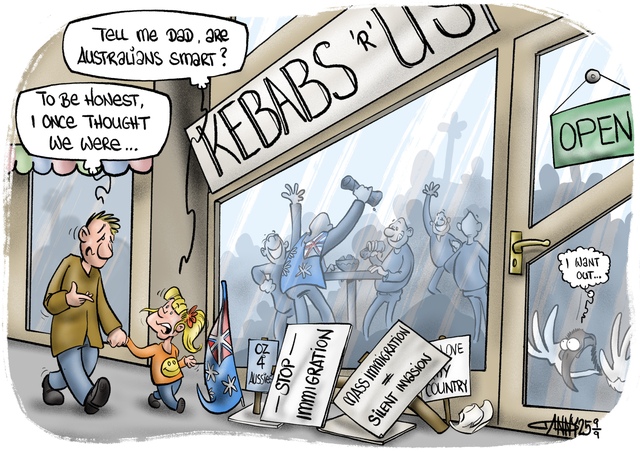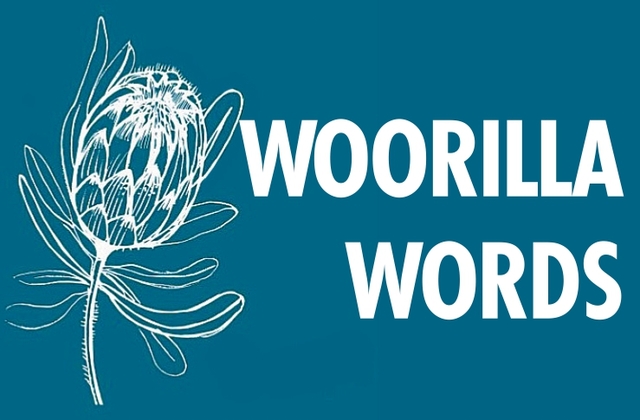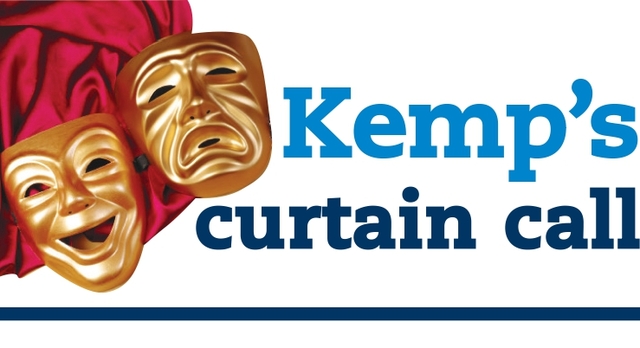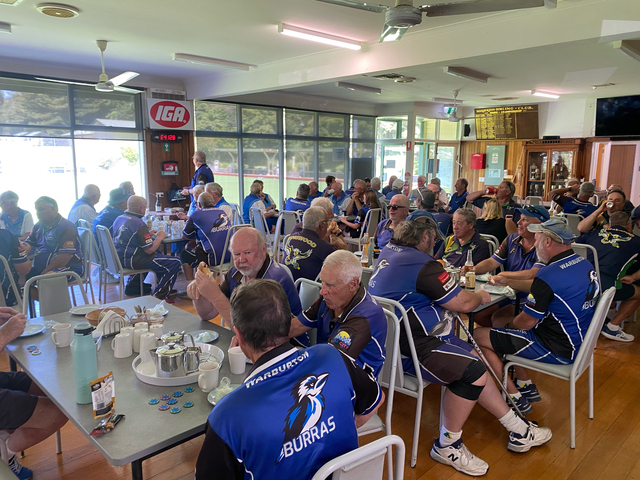By Kath Gannaway
Healesville veteran Dave Powell enlisted in 1951, a year after the war between North Korea and South Korea started and spent his 20th birthday getting “peppered with mortar shells on Hill 355.”
It’s one birthday he’ll never forget, along with a lot of other things about his time as part of the United Nations coalition fighting alongside the South Koreans to repel the invasion from communist-run North Korea.
The five mates he lost in Korea were uppermost in his thoughts as, with granddaughter Rachel by his side, he took part in the Anzac Day March at Healesville yesterday (Monday).
Mr Powell, 78, said even as a 20-year-old, he knew what he was fighting for, and, that he would do it again.
Despite the hardship, the loss and the legacy of ill-health, he is proud of his and Australia’s role in keeping South Korea a free country.
Among his most treasured possessions are a cigarette lighter given to his men by company commander Major David Thomson when they returned to Australia, and a letter from the president of the Republic of Korea, Lee Myung-bak on the 60th anniversary of the outbreak of the war.
The letter assures that the sacrifices made were not in vain, and that the promise of the Korean people to build a strong country that upholds peace and freedom had been fulfilled.
“We are proud of what we managed to accomplish and we wish to dedicate these achievements to you,” the president said.
The letter also acknowledges the courage of the Australian soldiers “ … in enduring the unimaginable horrors of war.”
Mr Powell doesn’t talk much about the horrors, but he says it was a hard and bloody war against not only the North Koreans, but the mass and might of the Chinese who backed the North and proved a formidable army.
“For every battalion we had, the Chinese had seven,” he said.
He was part of the 1st Battalion infantry serving on the front line.
“Most of the fighting was at night-time, and we had about half a mile from our position to their position,” he said tracing the contour lines on a map which defined the hilly terrain with the bald hilltops and deep gullies and valleys.
“The trenches were close, you had gaps in some places, but where we were it was about 300 metres or yards from the bottom of the valley to the top of their hill.
“We did an attack on one of their hills and it lasted for 90 minutes; I didn’t think it took that long, but it did,” he said, adding that it was close contact firing.
As well as armed combat the allies used napalm, flame-throwers, phosphorus and while Mr Powell says it was never publicised a lot, agent orange.
After all that, it seems difficult to believe him when he says “Our biggest problem was the weather. You would go to bed and by the time you got up you’d wake up in three foot of snow.”
It was Operation Blaze on Hill 227, that is his Kapyong. He lost two mates and was wounded in the battle.
“I can remember getting hit by shrapnel, but not what happened on the hill,” he says.
A letter from Major Thomson, sent in 2002 on the 50th anniversary of the battle recognises that action.
“We were a great mob of young Diggers,” it says. “It was a privilege to have served with you all.”
And although he hasn’t been able to accept President Lee Myung-bak’s invitation to visit South Korea, he says he gets immense satisfaction whenever he sees film or reads of the modern-day Seoul.
“I am proud of what the South Koreans have done, and that there is still that freedom there,” he says.
A very cold war
Digital Editions
-

CARTOON: Oxymorons
Anti-immigration protests took place in major cities in Australia on Sunday 31 August. In Melbourne’s CBD, anti-immigration protesters and pro-Palestine rally participants clashed.





